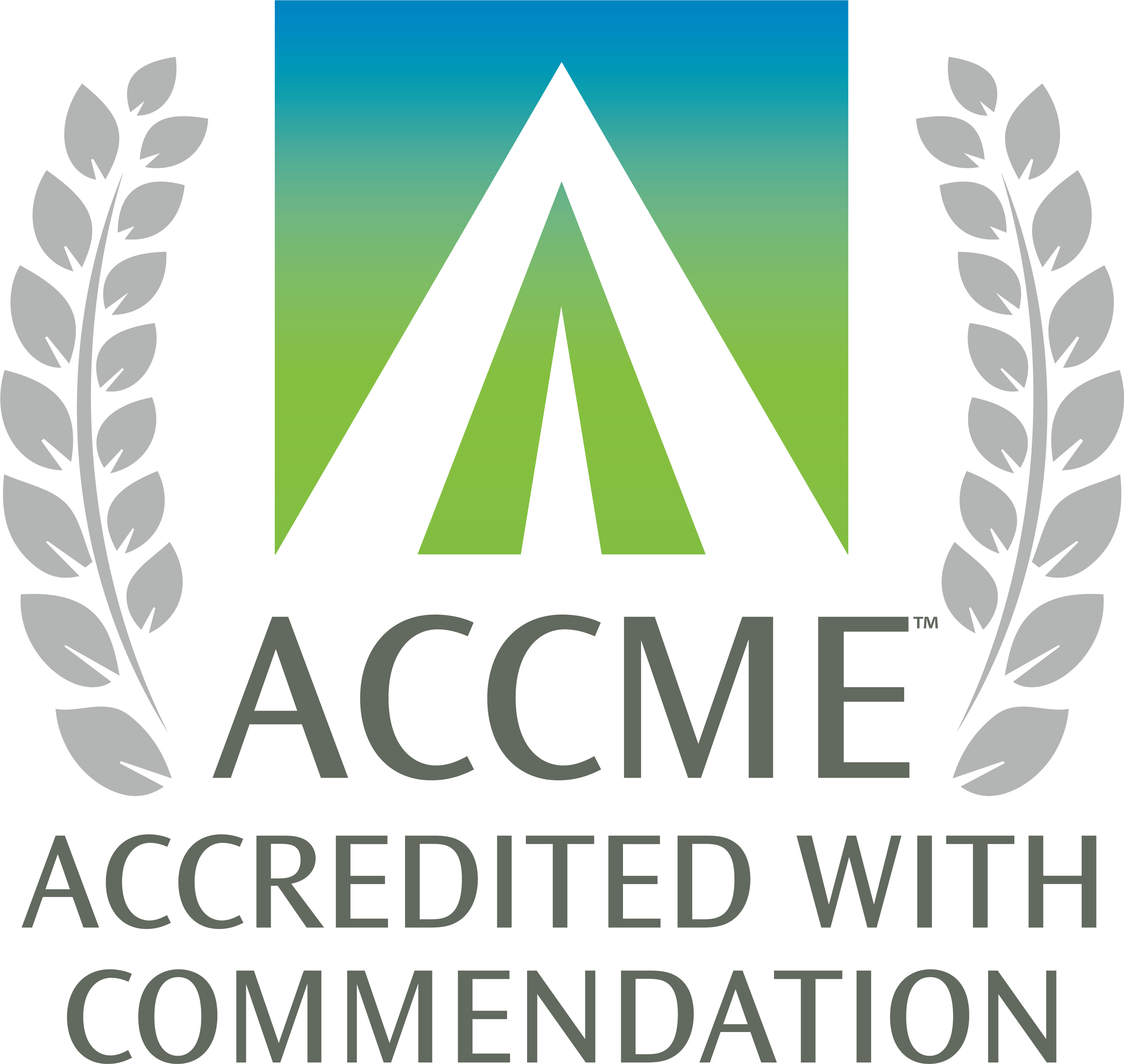Secondary Prevention of Ischemic Heart Disease and Stroke in Adults [2014 update]
To begin this activity, click Enroll. Once logged in, learners can access educational content, assessments, and evaluations. Learners who successfully complete the activity will be able to print a certificate.
Release Date:
Mon, 1/1/18
Termination Date:
Tue, 12/31/19
Credits:
1
Description:
Cardiovascular disease is the leading cause of death in the United States. Ischemic heart disease accounts for 113 deaths per 100,000 population and cerebrovascular disease accounts for 39 deaths per 100,00, most of which are ischemic stroke. Patients with ischemic heart disease (IHD), ischemic stroke, or transient ischemic attack (TIA) are at appreciably higher risk for subsequent cardiac and cerebrovascular events and mortality. Several treatments and lifestyle changes for patients with IHD, ischemic stroke, or TIA have demonstrated large absolute risk reductions. However, a number of studies have shown that effective secondary prevention does not occur for many patients and that only some aspects of secondary prevention are performed for many other patients.
This guideline provides clinicians with an understanding and ability to implement a more comprehensive approach for secondary prevention of ischemic heart disease and stroke. It summarizes secondary prevention recommendations grouped by:
Lifestyle with Medication
Medication
Lifestyle
Surgery
New aspects of care addressed in this update include:
This guideline provides clinicians with an understanding and ability to implement a more comprehensive approach for secondary prevention of ischemic heart disease and stroke. It summarizes secondary prevention recommendations grouped by:
Lifestyle with Medication
- Blood pressure control
- Tobacco treatment
- Lipid management
- Diabetes management
- Depression screening
Medication
- Antiplatelet agents & anticoagulants
- b blockers in IHD
- Renin-angiotensin-aldosterone system blockers in IHD
- Pain control (NSAID caution)
- Immunization
Lifestyle
- Physical activity
- Weight management
- Nutrition
- Supplements
Surgery
- Carotid endarterectomy or stenting for symptomatic lesions
- The key aspects of each prevention recommendation are summarized, operational information provided, and references provided to more detailed sources of information. The summary and elaboration will help health care professionals provide high quality care by assuring that secondary prevention is comprehensive and that highest risk conditions are priorities for management.
New aspects of care addressed in this update include:
- Statin:
- If ≤ 75 years old, prescribe high-intensity statin
- If > 75 years old. consider moderate-intensity statin
- Stroke:
- Now includes information on secondary prevention for ischemic stroke and transient ischemic attacks, including tips on management of patients with atrial fibrillation and carotid stenosis.
- For non cardioembolic stroke, use antiplatelet (aspirin, copidogril, or aspirin+diperdamole). Aspirin + copidogril combination is not recommended.
- New anticoagulants:
- For patients with atrial fibrillation, warfarin is no longer the only oral anticoagulant available.
- For stroke due to non-valvular atrial fibrillation, anticoagulants are preferred over anti-platelets.
- Dabigtran, rivaroxaban, or apixaban are available options.
- New antiplatelet agents: Ticagrelol can be used for ACS post-stent in place of clopidogrel as well as prasugrel in appropriate patients.
- Antiplatelet choice:
- Recent ACS treated without angioplasty, in addition to aspirin add copidogril for up to 1 year.
- Post PCI, use dual antiplatelet (aspirin plus P2Y12 inhibitor) in consultation with cardiologist for up to 1 year depending on stent type and stent indication, whether ACS vs CAD For patients with stroke or stable IHD (no event in the last 12 months), can stop anti-platelet if patient is started on warfarin
- Symptomatic carotid stenosis >70%: Surgery or stent plus medical management is recommended.
Educational Objectives:
Participants in this CME activity will understand and be able to implement evidence-based cost-effective clinical strategies for the diagnosis and treatment of ischemic heart disease and stroke in adults.
Target Audience:
This self-study activity is appropriate for primary care clinicians and other health care providers who provide care for patients with IHD, stroke, and TIA.
Accreditation and Credit Designation:
The University of Michigan Medical School is accredited by the Accreditation Council for Continuing Medical Education (ACCME) to provide continuing medical education for physicians.
The University of Michigan Medical School designates this enduring material for a maximum of 1.0 AMA PRA Category 1 Credits™. Physicians should claim only the credit commensurate with the extent of their participation in the activity.
The University of Michigan Medical School designates this enduring material for a maximum of 1.0 AMA PRA Category 1 Credits™. Physicians should claim only the credit commensurate with the extent of their participation in the activity.
Release Date: May 2014
Termination Date: April 2020
Continued availability of CME credit for this activity depends on a thorough review of its content every three years. This activity was last reviewed for currency and accuracy in May 2017, and availability of CME credit continued.
Additional Info:
Authors:
Ghazwan Toma, MD, MPH; Family Medicine
Eric E. Adelman, MD; Neurology
R Van Harrison, PhD; Medical Education
Robert V. Hogikyan, MD, MPH; Geriatric Medicine
Thomas P. O'Connor, MD; General Medicine
Michael P. Thomas, MD; Cardiovascular Medicine
Financial Disclosure Information:
There are no financial relationships to disclose for this CME activity.
UMHS Guidelines Oversight Team:
Grant Greenberg, MD, MA, MHSA
R. Van Harrison, PhD
Literature Search Services:
Taubman Medical Library
Ghazwan Toma, MD, MPH; Family Medicine
Eric E. Adelman, MD; Neurology
R Van Harrison, PhD; Medical Education
Robert V. Hogikyan, MD, MPH; Geriatric Medicine
Thomas P. O'Connor, MD; General Medicine
Michael P. Thomas, MD; Cardiovascular Medicine
Financial Disclosure Information:
There are no financial relationships to disclose for this CME activity.
UMHS Guidelines Oversight Team:
Grant Greenberg, MD, MA, MHSA
R. Van Harrison, PhD
Literature Search Services:
Taubman Medical Library
Credits available:
AMA PRA Category 1: 1.00
Participation: 1.00


